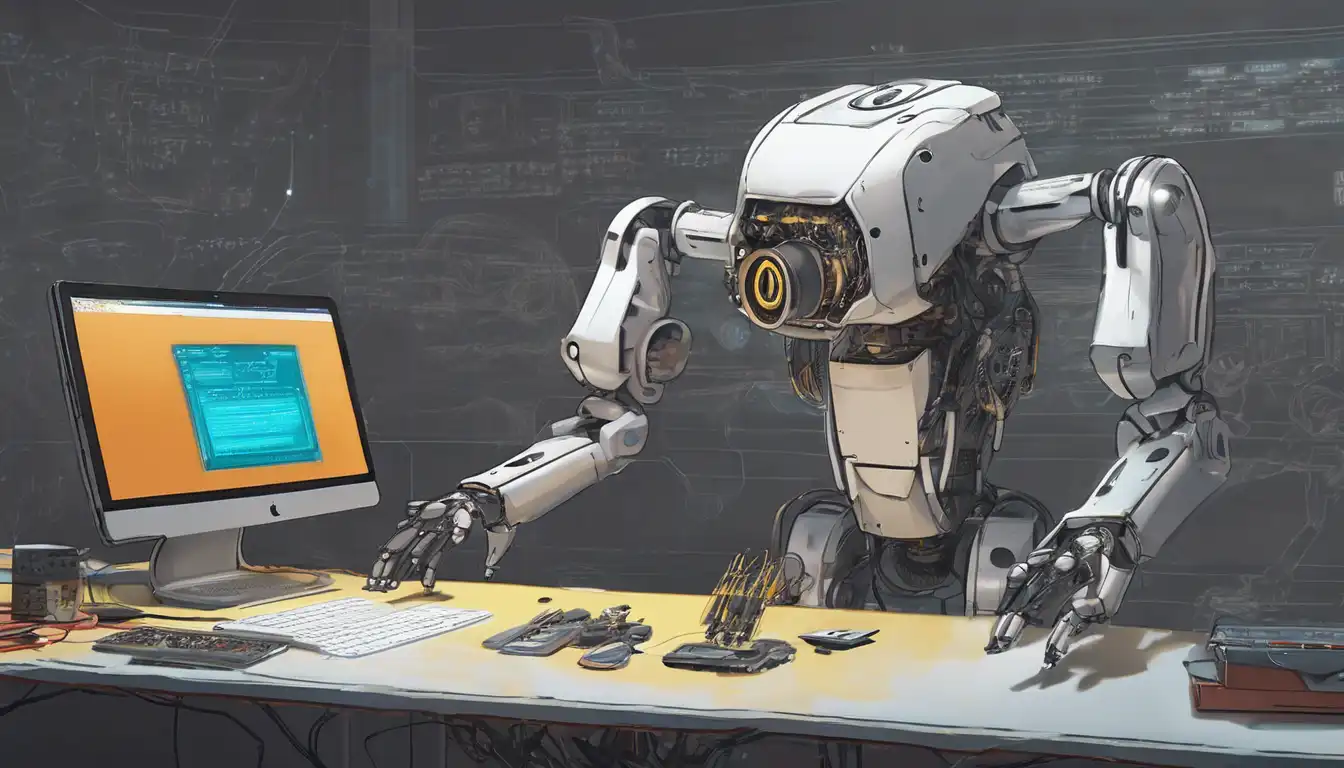Introduction to Robotics Programming
Robotics programming is an exciting field that combines the creativity of design with the precision of engineering. Whether you're a hobbyist looking to build your first robot or a professional aiming to enhance your skills, understanding the basics of robotics programming is essential. This guide will walk you through the foundational steps to get started in robotics programming, from selecting the right tools to writing your first lines of code.
Choosing the Right Robotics Kit
Before diving into programming, it's important to select a robotics kit that matches your skill level and interests. For beginners, kits like Arduino Robotics Kit or LEGO Mindstorms offer a great introduction to robotics with user-friendly interfaces and extensive community support.
Understanding the Basics of Robotics Programming
Robotics programming involves writing code that controls the robot's movements, sensors, and interactions with its environment. Key concepts include:
- Control structures (loops, conditionals)
- Sensor input and output
- Motor control
- Algorithm design
Starting with simple projects, such as making a robot move in a square, can help solidify these concepts.
Programming Languages for Robotics
Several programming languages are commonly used in robotics, each with its own advantages:
- Python: Known for its simplicity and readability, making it ideal for beginners.
- C++: Offers more control over hardware, preferred for performance-intensive applications.
- Java: Used in advanced robotics applications, including artificial intelligence.
Choosing the right language depends on your project requirements and personal preference.
Setting Up Your Development Environment
To start programming your robot, you'll need to set up a development environment. This typically involves:
- Installing the necessary software (e.g., Arduino IDE, ROS)
- Connecting your robot to your computer
- Writing and uploading your first program
Detailed tutorials for setting up your environment can often be found on the manufacturer's website or community forums.
Your First Robotics Project
Once you're familiar with the basics, it's time to start your first project. A simple line-following robot is a great way to apply what you've learned. This project involves:
- Programming the robot to detect and follow a line using sensors
- Adjusting the robot's speed and direction based on sensor input
- Testing and refining your code for optimal performance
Completing this project will give you a solid foundation in robotics programming and prepare you for more complex challenges.
Advanced Topics in Robotics Programming
As you gain experience, you may want to explore advanced topics such as:
- Machine learning and artificial intelligence in robotics
- Computer vision for object recognition
- Swarm robotics and multi-robot systems
These areas offer endless possibilities for innovation and creativity in robotics programming.
Conclusion
Robotics programming is a rewarding skill that opens up a world of possibilities. By starting with the basics and gradually tackling more complex projects, you can build a strong foundation in this exciting field. Remember, the key to success in robotics programming is patience, practice, and continuous learning. For more resources and tutorials, check out our robotics programming resources page.
